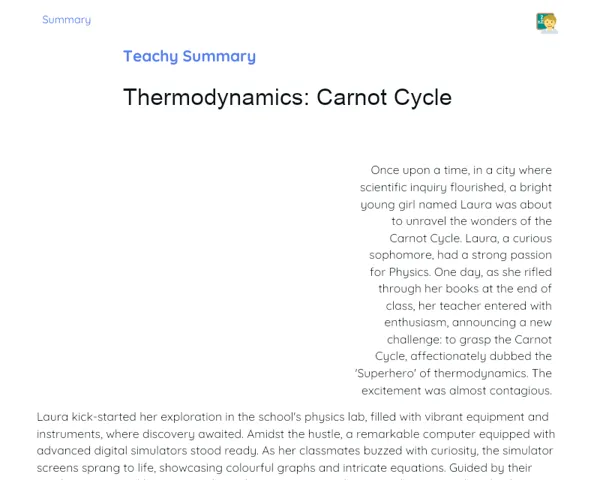Goals
1. Understand the concept of work done by gravitational force.
2. Learn to use the formula τ=mgh to calculate the work done by gravitational force.
3. Apply the knowledge gained in practical, everyday situations.
Contextualization
The concept of work done by gravitational force is fundamental to grasping how energy is transferred and utilized in our daily lives. Consider a construction worker lifting heavy bricks or an athlete attempting a high jump. In both scenarios, gravitational force is at work. Grasping this concept aids us in analyzing and improving various daily and industrial processes.
Subject Relevance
To Remember!
Concept of Work Done by Gravitational Force
Work done by gravitational force refers to the energy transferred when gravitational force acts on an object, moving it in a particular direction. This work is calculated using the formula τ=mgh, where 'm' is the mass of the object, 'g' is the acceleration due to gravity, and 'h' is the change in height. This understanding is essential for comprehending how energy is utilized and transformed in various practical and industrial tasks.
-
Work done by gravitational force is a specific type of work carried out by a constant force.
-
The formula τ=mgh is utilized to calculate the work done by gravitational force, with 'm' being mass in kilograms, 'g' being the acceleration due to gravity (approximately 9.8 m/s² on Earth), and 'h' representing the change in height in meters.
-
This concept is key to understanding energy transfer in physical systems.
Formula for Work Done by Gravitational Force: τ=mgh
The formula τ=mgh is employed to calculate the work performed by gravitational force. 'τ' signifies work, 'm' denotes the mass of the object, 'g' is the acceleration due to gravity, and 'h' stands for the height change. This formula helps quantify the energy transferred when an object is lifted vertically against the force of gravity.
-
The formula τ=mgh is a mathematical expression that relates mass, gravity, and height change to compute work done by gravitational force.
-
It's crucial to remember that gravitational force is a constant force, simplifying the process of calculating work.
-
This formula finds widespread application in various fields, including engineering, physics, and other applied sciences.
Practical and Industrial Applications of Work Done by Gravitational Force
Work done by gravitational force has a variety of practical and industrial applications. In construction, it's used to determine the energy required to lift materials. In logistics, it aids in optimizing the transportation of heavy loads. In robotics and automation, this concept is fundamental for developing efficient and safe machines that perform physical tasks.
-
In construction, work done by gravitational force informs the design of lifting systems and material transport, ensuring safety and efficiency.
-
In logistics, understanding work done by gravitational force enhances the handling and transportation of heavy loads, conserving energy and cutting costs.
-
In robotics and automation, knowledge of the work done by gravitational force is key to creating precise and efficient machines and equipment for physical tasks.
Practical Applications
-
Civil Engineering: Calculation of the work needed to lift construction materials and design lifting systems.
-
Logistics: Optimization of transportation of heavy loads, conserving energy and lowering operational costs.
-
Robotics: Development of machines and equipment that execute physical tasks with precision, leveraging the concept of work done by gravitational force.
Key Terms
-
Work Done by Gravitational Force: Energy transferred when an object is moved by the force of gravity.
-
Formula τ=mgh: Mathematical expression used to calculate the work done by gravitational force.
-
Gravity (g): The acceleration that Earth exerts on objects, approximately 9.8 m/s².
Questions for Reflections
-
Can you recall instances where you observed the work done by gravitational force in daily activities?
-
How does an understanding of work done by gravitational force contribute to safety and efficiency in engineering projects?
-
In what ways can knowledge of work done by gravitational force be utilized to enhance processes in the logistics industry?
Practical Challenge: Measuring the Work Done by Gravitational Force
This mini-challenge aims to reinforce the understanding of work done by gravitational force through a straightforward practical activity.
Instructions
-
Gather the required materials: a wooden rod, string, small weights of varying masses, a ruler, and a digital scale.
-
Create a simple balance by fixing the wooden rod vertically and tying the string at a high point on the rod.
-
Attach different weights to the string and measure the height at which each weight is lifted.
-
Using the formula τ=mgh, calculate the work done by gravitational force for each lifted weight.
-
Document your observations and calculations on a piece of paper.



